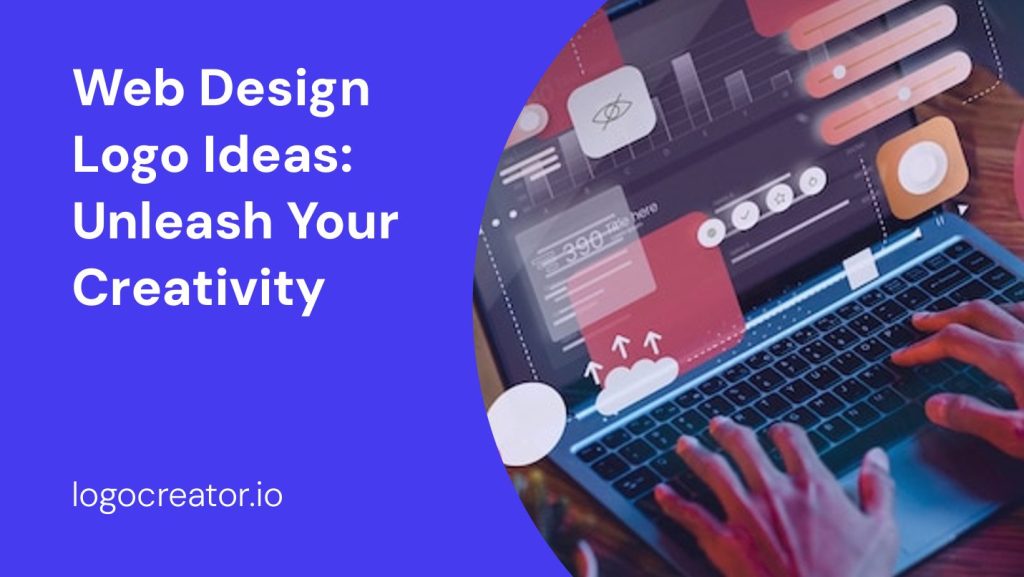Are you in the process of creating a website for your business or personal project? One of the most critical aspects of web design is the logo. A well-designed logo can make a lasting impression on your visitors and help establish your brand identity. In this article, we will explore some innovative web design logo ideas that will help you unleash your creativity and create a logo that truly represents your brand.
1. Understand the Purpose of Your Logo
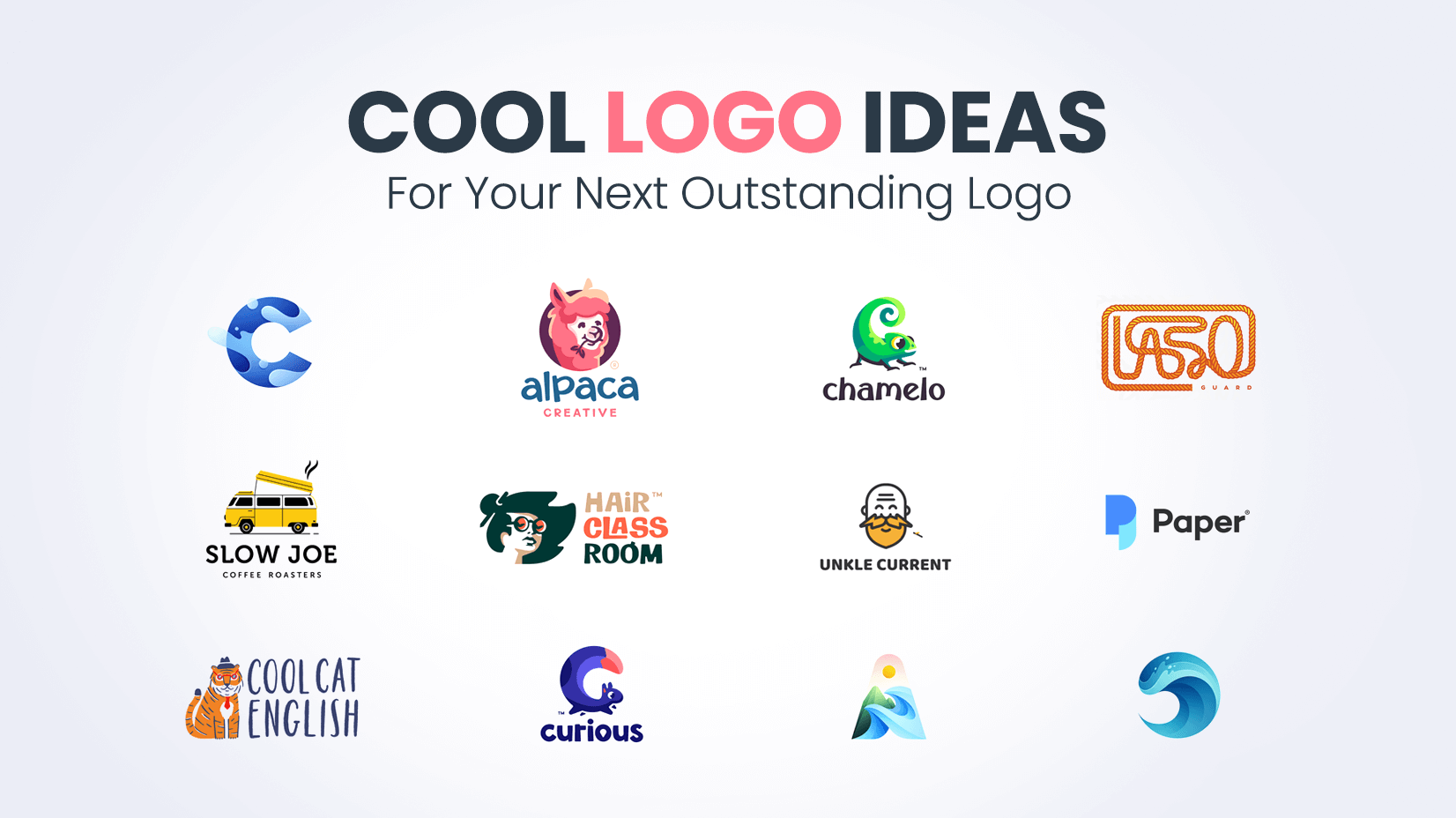
Before diving into logo design, it is crucial to understand the purpose behind it. Your logo should not only look visually appealing but also convey the essence of your brand and create a connection with your target audience. Spend some time brainstorming and identifying the core values, mission, and unique selling points of your business. This will serve as a foundation for your logo design process.
2. Keep It Simple and Memorable
In today’s fast-paced digital world, simplicity is key. A simple and clean logo design tends to be more memorable and versatile across different mediums. Avoid cluttering your logo with unnecessary elements or intricate designs that may confuse your audience. Instead, focus on creating a minimalistic logo that captures the essence of your brand in a visually appealing manner.
3. Choose Appropriate Colors
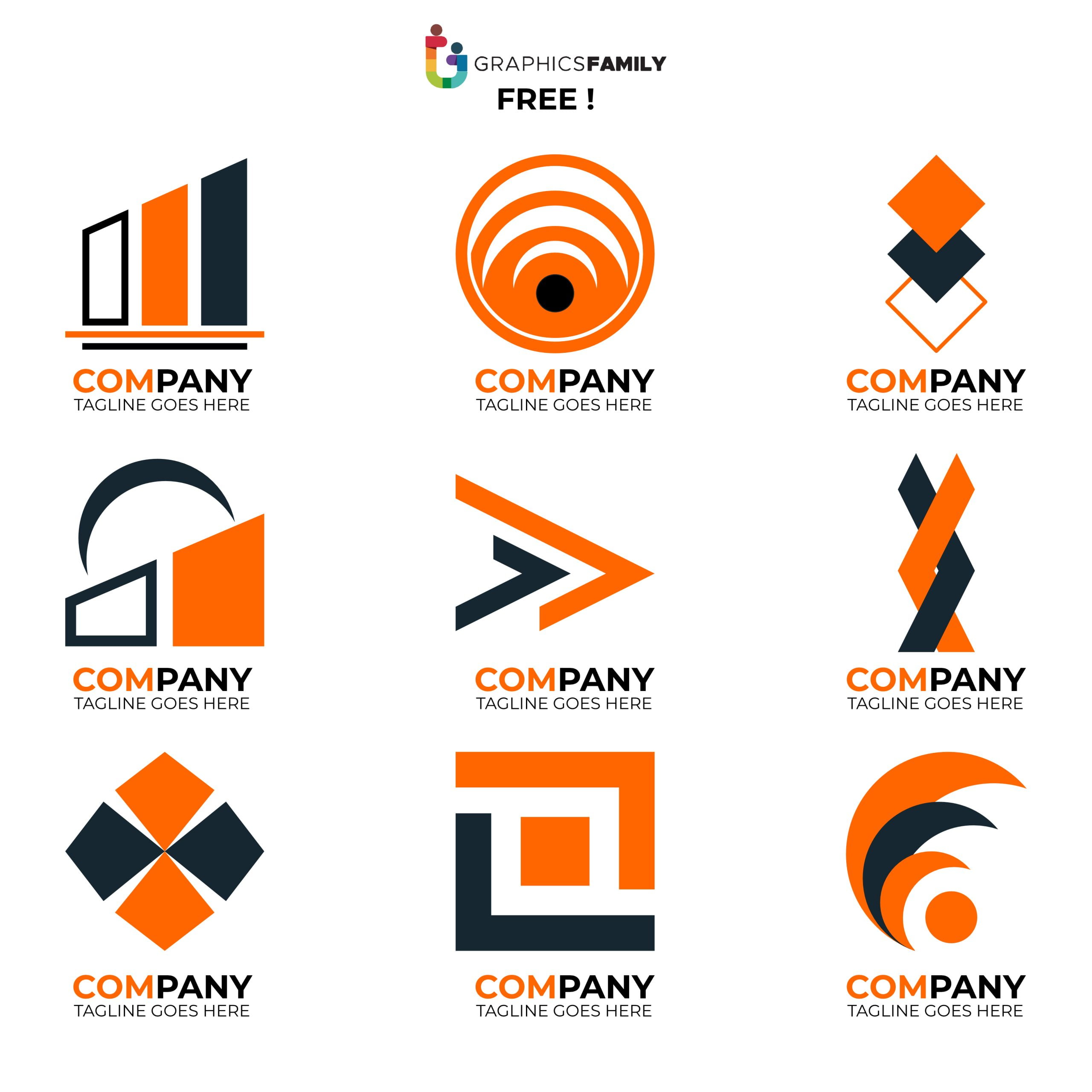
Color plays a significant role in logo design as it evokes emotions and creates associations. When selecting colors for your web design logo, consider your brand personality and the emotions you want to convey. For example, blue is often associated with trust and reliability, while red can represent passion and energy. Experiment with different color combinations to find the perfect palette that aligns with your brand identity.
4. Typography Matters
Typography is an essential element in logo design. The right font can elevate your logo and add a touch of uniqueness to your brand. When choosing a font for your web design logo, consider the personality of your brand. For a modern and sleek look, opt for clean and sans-serif fonts. If your brand has a more formal and traditional vibe, consider using serif fonts. Experiment with different typefaces and find the perfect balance between legibility and aesthetic appeal.
5. Incorporate Symbols or Icons

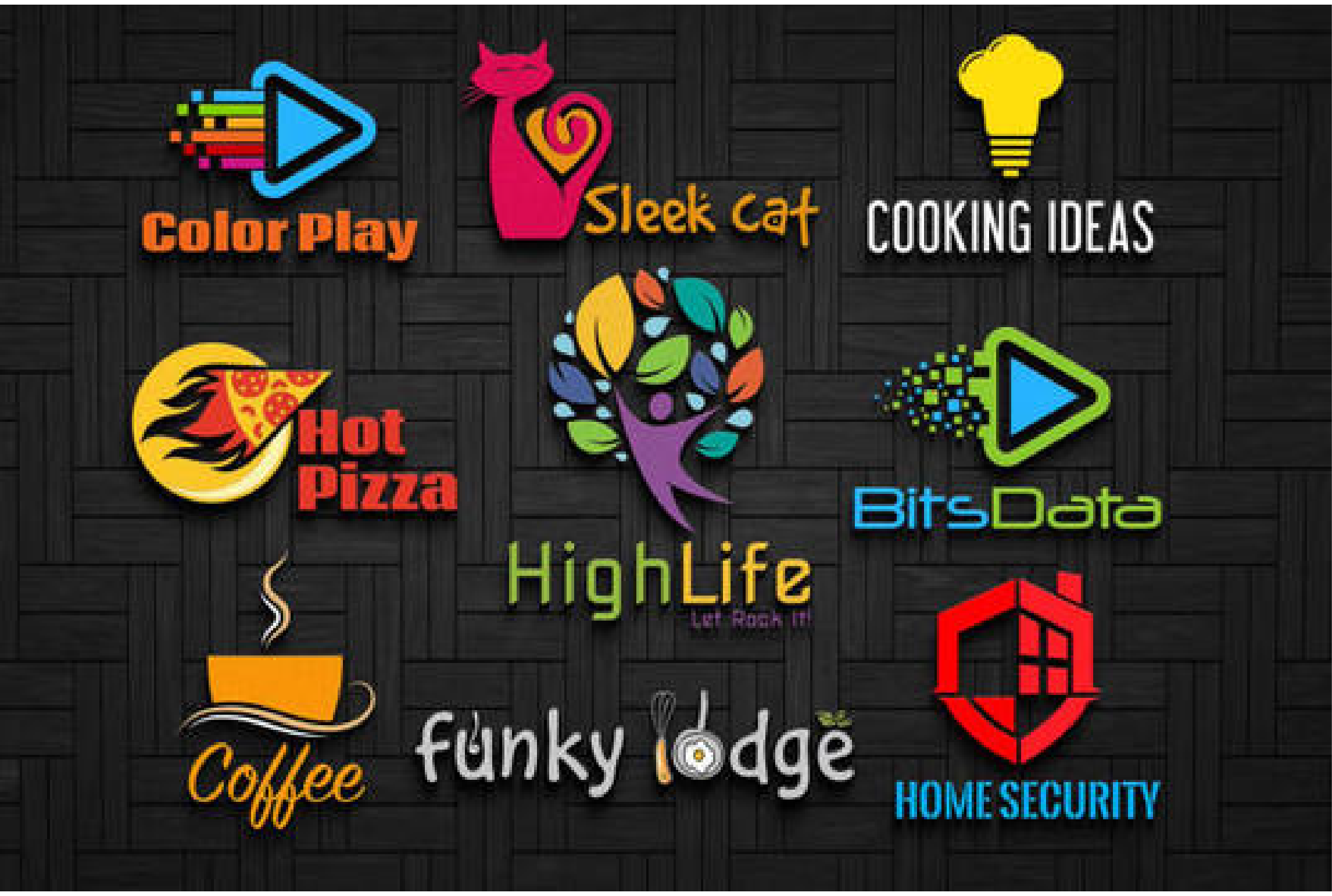
Symbols and icons can be powerful elements to include in your web design logo. They can visually represent your brand or the industry you belong to. For example, a camera icon can be used for a photography website, while a shopping cart symbol can be suitable for an e-commerce platform. However, be cautious not to use generic or overused symbols that may dilute the uniqueness of your logo. Aim for a symbol that is relevant and memorable to your brand.
6. Experiment with Negative Space
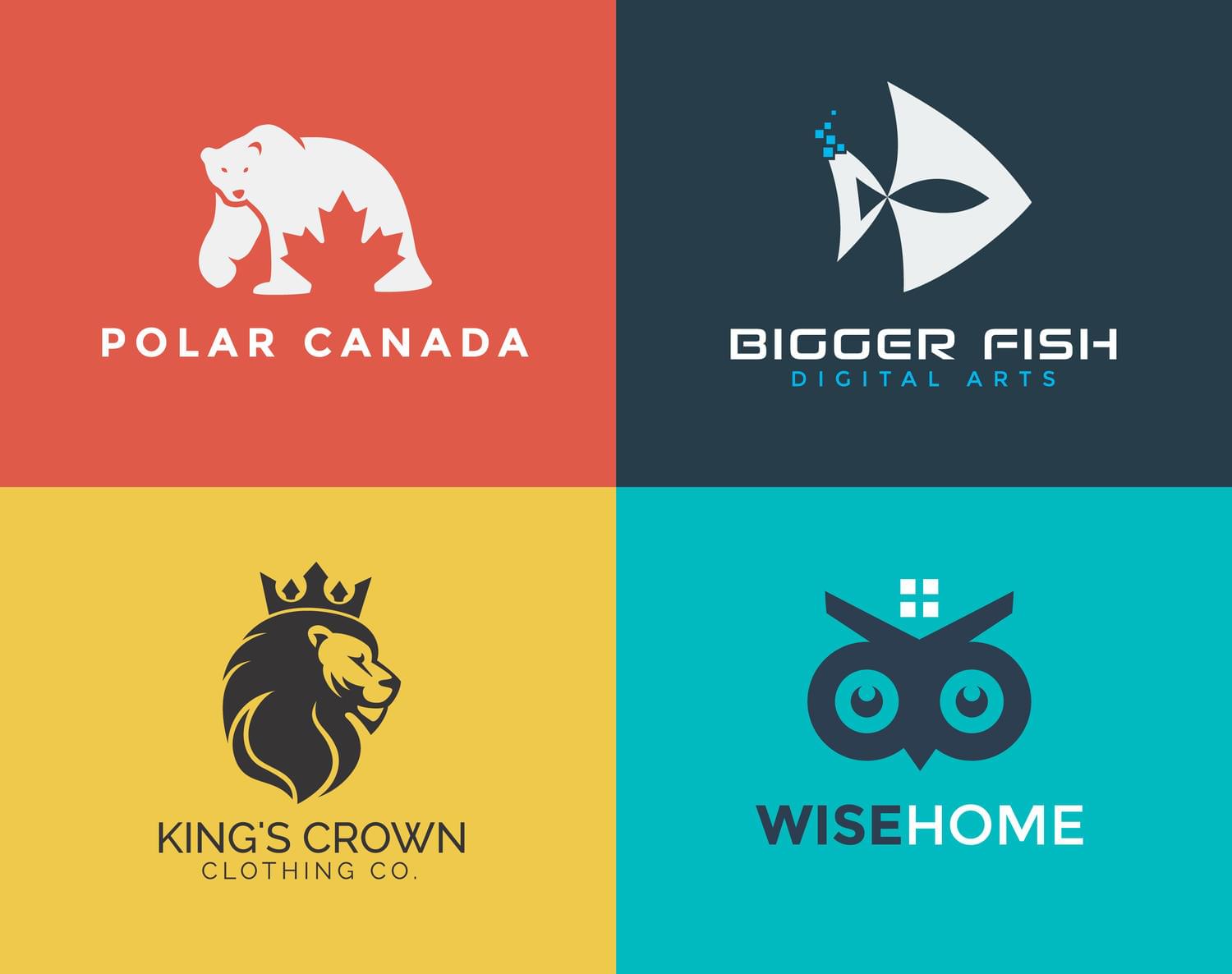
Negative space refers to the empty space surrounding and within the elements of a logo. Cleverly incorporating negative space in your web design logo can create hidden meanings or visual illusions that captivate your audience. This technique adds an extra layer of depth to your logo and makes it more visually interesting. Explore different possibilities and let your creativity flow to discover unique ways to utilize negative space in your logo design.
7. Consider Responsive Design
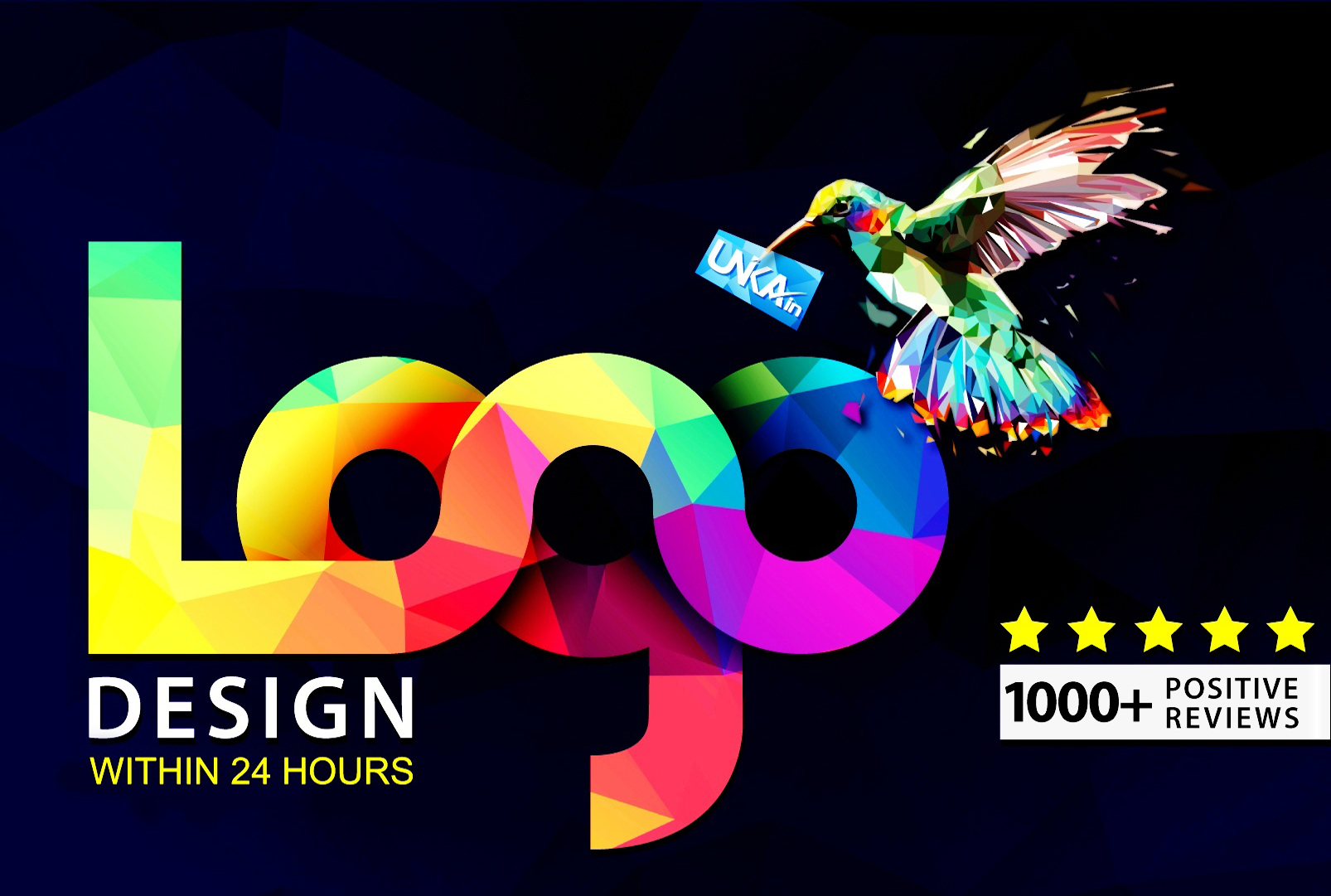
With the increasing use of mobile devices, it is crucial to consider responsive design when creating your web design logo. Ensure that your logo remains legible and visually appealing across different screen sizes and resolutions. A logo that looks great on a desktop may lose its impact when viewed on a smaller screen. Test your logo on various devices and adjust its size and proportions accordingly to maintain its visual integrity.
8. Seek Inspiration
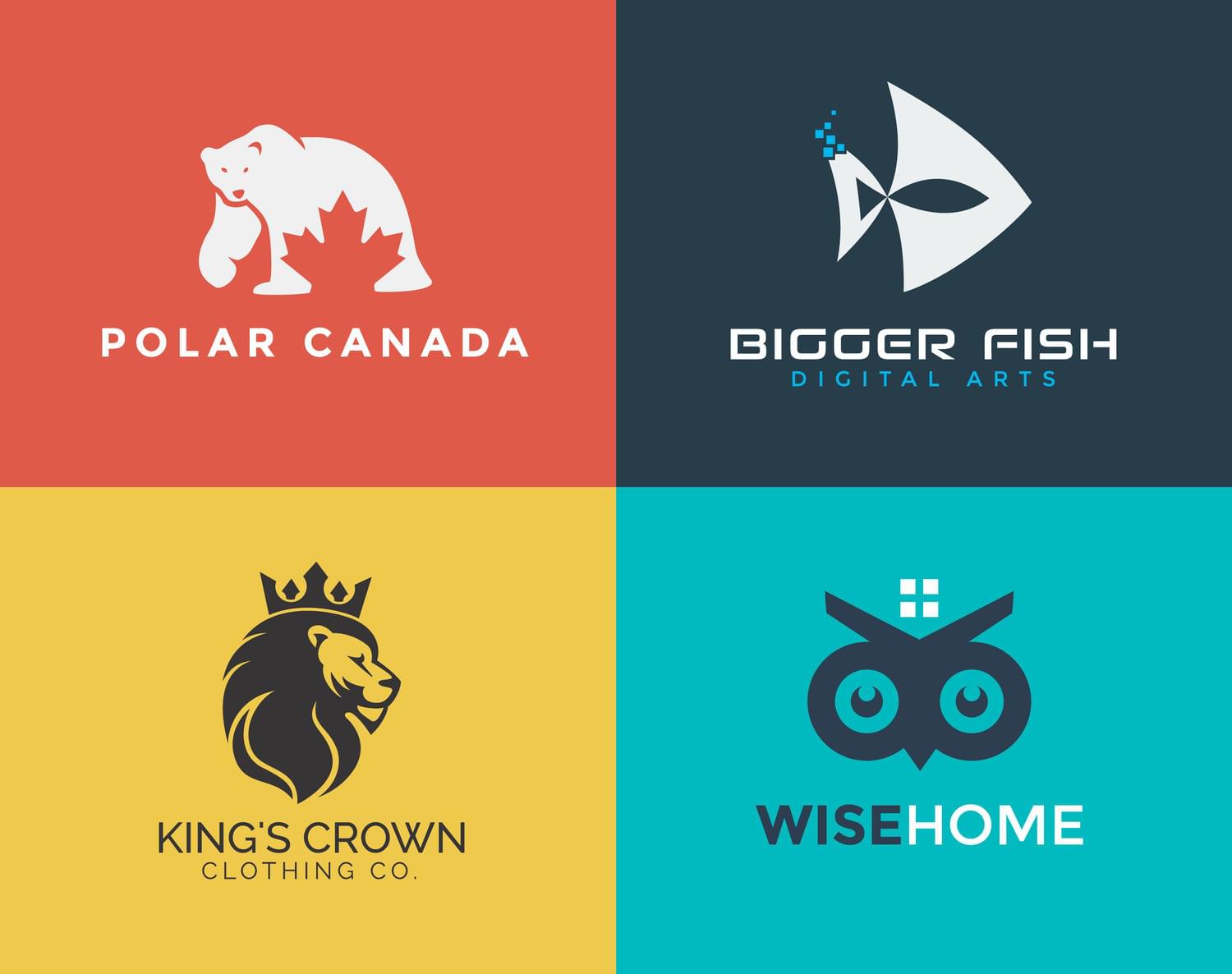
When it comes to logo design, inspiration can come from anywhere. Take some time to research and explore different logo designs, both within your industry and beyond. Look for innovative ideas, unique color combinations, and creative use of typography. While it is essential to stay true to your brand identity, drawing inspiration from successful logo designs can help spark your creativity and guide you in the right direction.
9. Get Feedback and Iterate

Once you have a rough logo design, seek feedback from your peers, colleagues, or even your target audience. Their perspectives can provide valuable insights and help you refine your logo further. Be open to constructive criticism and be prepared to iterate on your design. Remember, the logo design process is not a one-time event but an ongoing journey of improvement and refinement.
10. Work with a Professional Designer
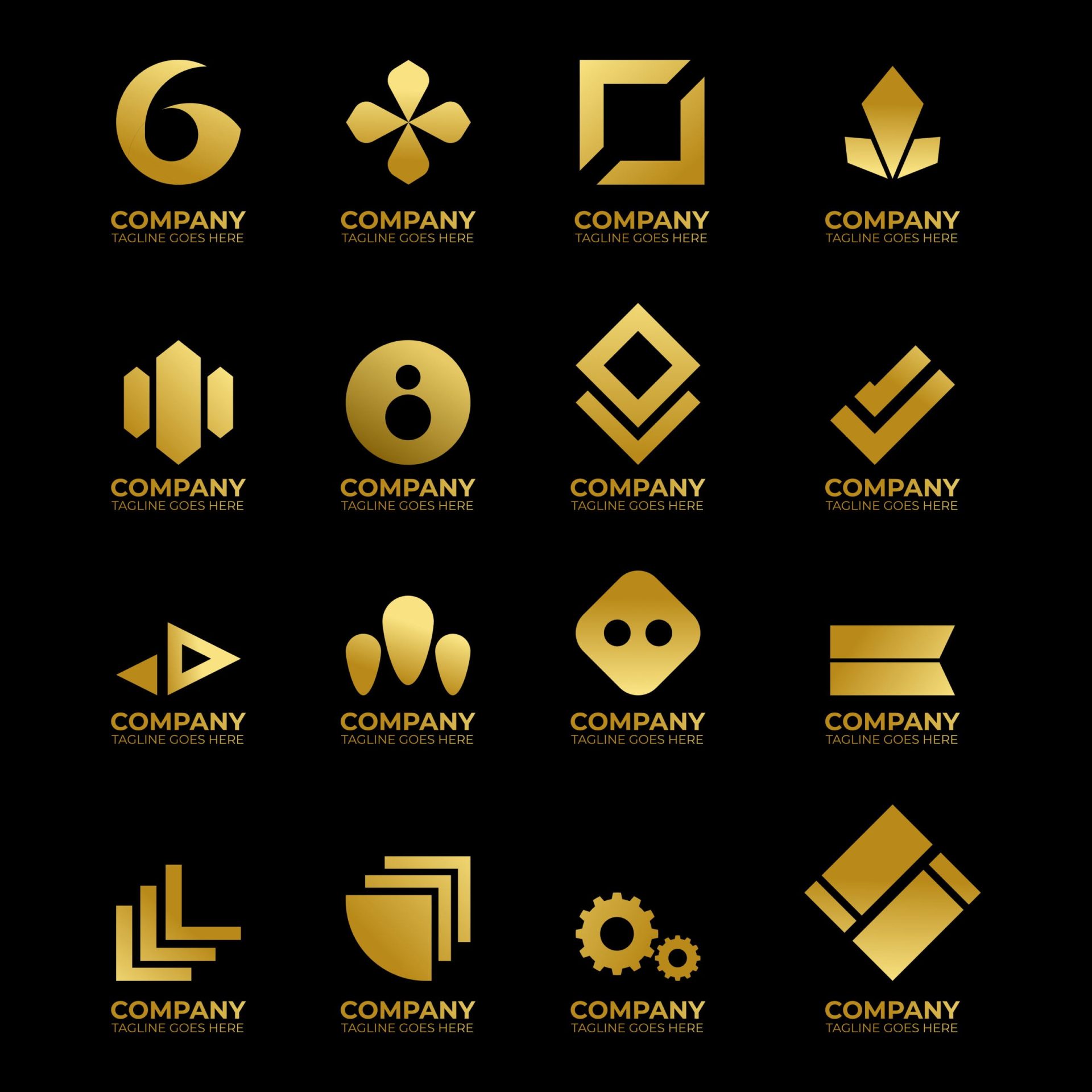
If you find yourself struggling with logo design or simply want to ensure a polished and professional outcome, consider working with a professional web designer or graphic designer. They have the expertise and experience to bring your vision to life and create a logo that aligns perfectly with your brand. Collaborating with a professional can save you time and effort while delivering a high-quality logo design that stands out in the digital landscape.
With these web design logo ideas in mind, it’s time to unleash your creativity and create a logo that makes a lasting impression. Remember, your logo is the face of your brand, so invest time and effort into crafting a design that truly represents your identity. By understanding the purpose of your logo, keeping it simple yet memorable, choosing appropriate colors and typography, and seeking inspiration, you’ll be well on your way to creating a stunning logo that sets your website apart from the rest.
Barry Edwards is a digital marketing expert with a deep understanding of content strategy, logo, and branding principles. Holding a Bachelor’s degree in Marketing from Beaconhill College, he offers valuable insights on digital marketing trends and strategies through his writing. Follow Barry’s work to stay updated on the latest in online marketing and branding.
